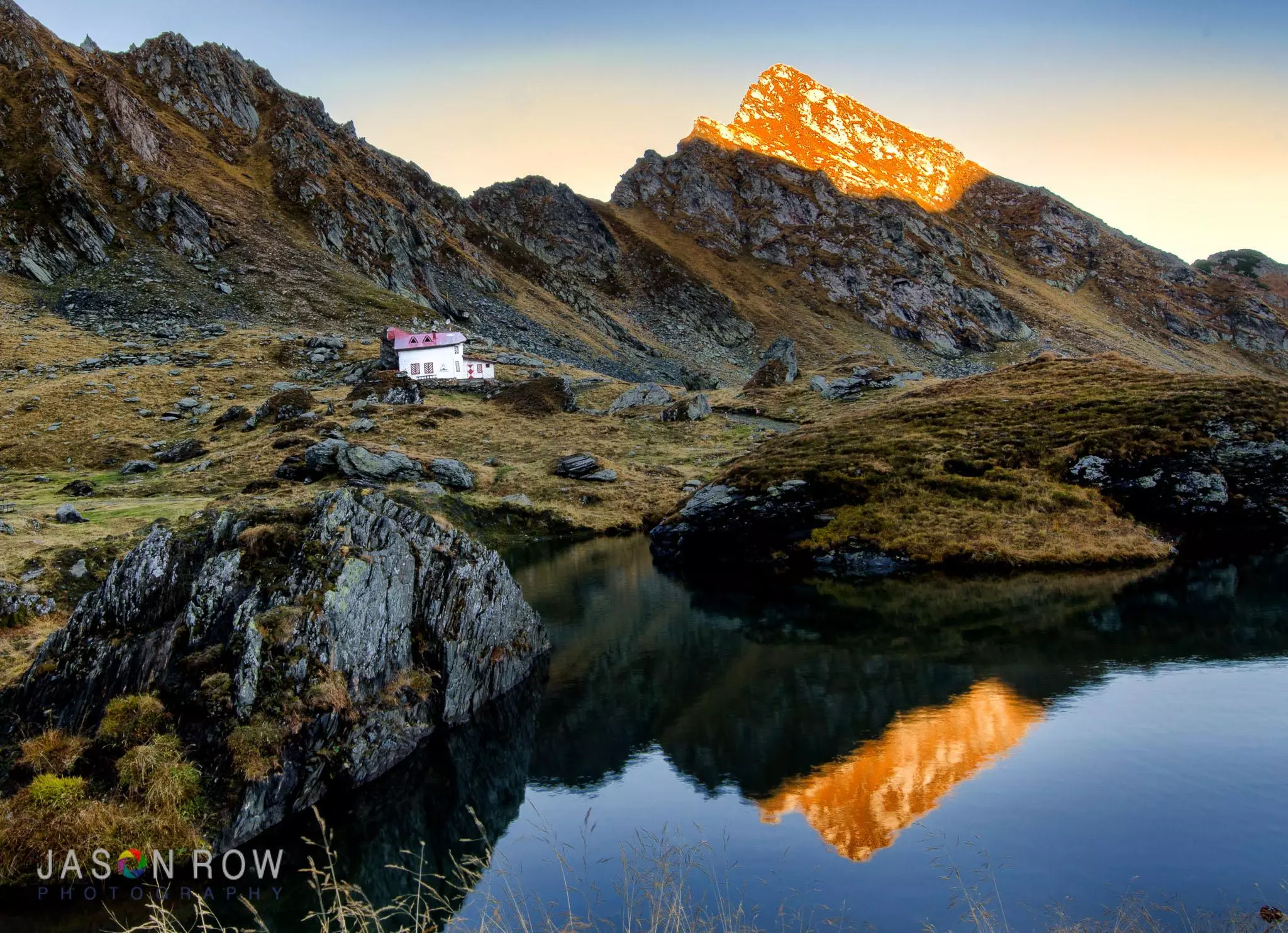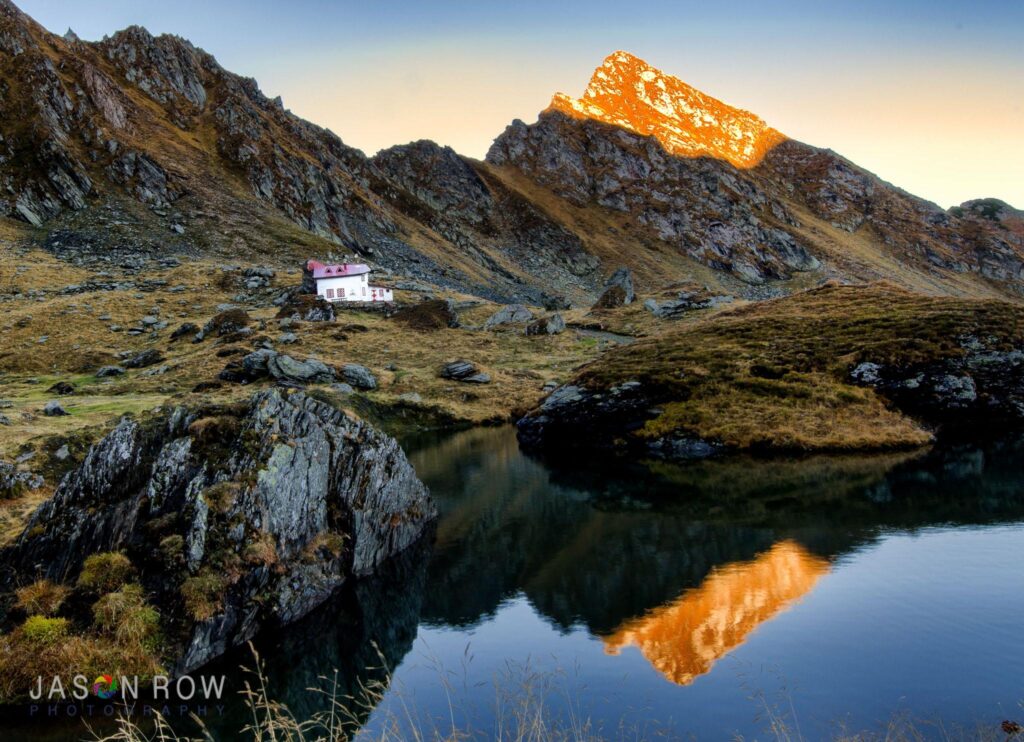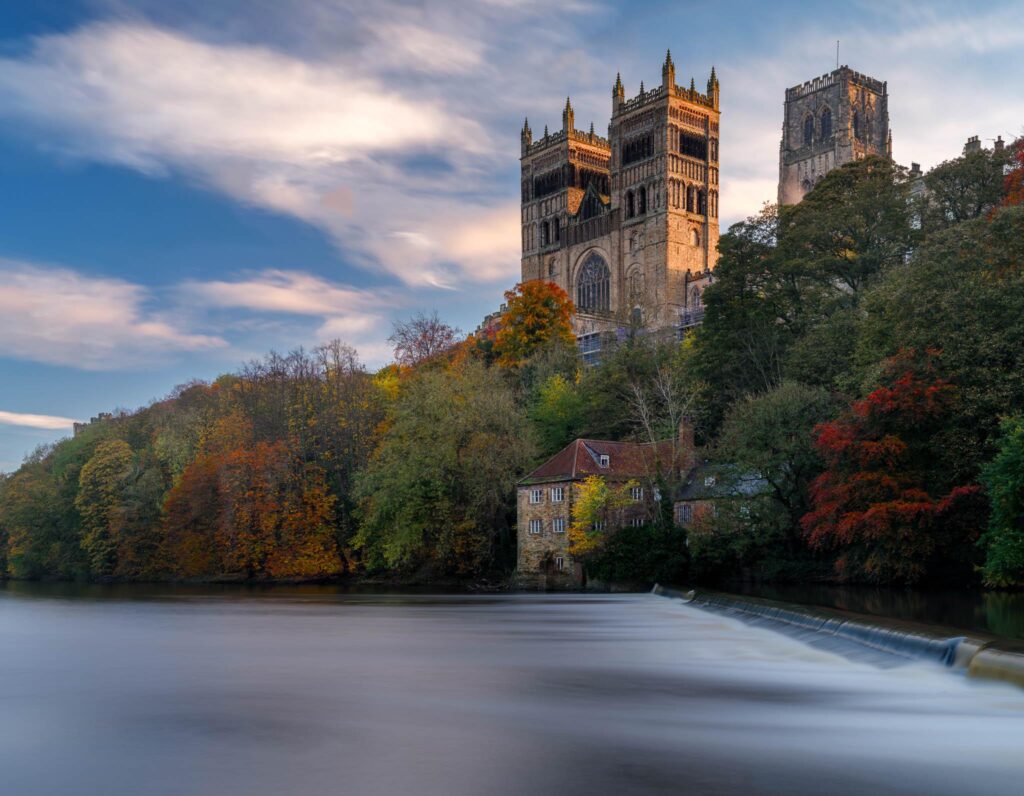As a photographer I have spent a fair amount of my life traveling. Much of that travel was related to shooting stock, originally photographic but in the last ten years, video stock.
When you are travelling with the intention to make money, costs become very significant. The less you can pay for a trip, the more potentially you can make from it. That is one of the reasons I prefer to shoot in the off peak seasons. However, that’s not the only reason.
Shooting in the off season makes a lot of sense for a number of reasons. Today we are going to look at some of them in more detail. But what exactly is the off season?

When Is The Off Season
There is no simple answer to that. It varies not only by country but in some cases by areas within a country. There are a number of factors that can drive the off peak, on peak cycle. Weather is the most obvious one. School holidays are another, particularly in the UK where it is difficult to take kids out of school in term time. Local cultural celebrations and religious holidays are a major factor.
In Europe, Christmas is very much an on peak time whilst a few weeks later in mid January is definitely off peak. Even major events such as sports or exhibitions can trigger mini peak periods. I recently retimed a trip to Singapore because a major computer conference had massively spiked prices.
The key take away from this is, when researching your travel location, don’t look just at the traditional on peak/off peak times but also other events during the year that might factor into the busyness of that location.

Cost – The Primary Driving Factor
Whether you are shooting for fun or for money, cost is always a major driving factor in a photography trip. Off peak prices can be significantly cheaper than the high season. My recent trip to Asia was timed to be in the off season. The hotels were half to a third of the price of peak season, a significant saving that could allow me to stay longer and travel to more places.
Beyond the accommodation prices, these days we have ride sharing, and with it surge pricing. This is much more likely to happen in peak season when there are much larger numbers all vying for the same numbers of taxis.
Whilst my flight prices to Asia were pretty much the same price all year round, medium and short haul flight prices are often much cheaper in off season. I was able to travel around South East Asia for prices that were significantly less than a long distance train ticket in the UK.
Many other associated travel costs are often lower in the off season. Food and drink in restaurants is often discounted, local attractions are sometimes cheaper as well. If money is a significant factor in your travel planning, then off peak is the way to go.

The Weather
Cost is a factor that we use to decide our photography trips, but peak seasons are often dictated by the weather. The non photographer tourist is mainly driven by good weather. They want warm sunny days with little rain.
For us photographers however the reverse is often true. We thrive on inclement and unpredictable weather. Returning to my Asia trip, I deliberately picked the rainy season as I wanted stormy skies, wet roads and moody evening light.
For non tropical regions, the off peak season can give a whole range of fantastic shooting weather. From snow and ice through mist and fog to wind and storms. In the winter off season, the light can be beautifully clear giving us bright and vibrant colours. Low cloud, overcast days can be fantastic for urban landscapes or even outdoor portraiture. The soft diffused light fills shadows and flatters the subject.
Rain is a photographic subject in itself. Wet cobblestone streets, raindrops on cafe windows, cars splashing through puddles, the list of off season weather subjects is exhaustive.
In temperate climes, the off season also coincides with shorter hours of daylight. This means we do not have to get up at stupid o’clock to get those dreamy dawn shots

It’s Quiet, So Very Quiet.
Ok, so that’s not strictly true. Some cities, Venice for example are hellishly busy all year round now, however, many less iconic locations are wonderfully quiet in the off season.
That’s great for us photographers. In cities, locations have less people milling around. This is great for getting cleaner shots of places but also means less people walking in front of the camera just as you fire the shutter. This is even more relevant if like me, you shoot a lot of video.
There is a side benefit to less crowds and that is, we are less likely to be stressed whilst shooting. This allows us to be more creative and feel less rushed to get a shot.

Planning For An Off Season Shoot.
As with all photographic trips, planning is vital if you want to get the best out of a location. As mentioned at the top, places quite close together can have very different off seasons. For example, London in August is unbearably busy, yet a two hour train ride away, Paris is relatively quiet, as Parisians head to other parts of the country on holiday.
With weather being an important factor in off season travel, make sure you pack the right clothes for the trip. There is nothing worse than being cold, wet or even sweating when trying to take photos. Personal comfort is vital to your creativity.
Check that locations are actually going to be open for your trip or that there is not some major festival or celebration going on. I once arrived in Berlin to find a massive reunification party going on and many of the major landmarks were closed off or had their views blocked by markets and fairs.
Even if some attractions are not available, there will be others that will be. Beyond that you can take a more holistic approach to shooting. With quieter streets, you are freer to just wander and find more off beat locations to capture.

There are many advantages to travelling in the off season and few disadvantages. The most important is cost, by keeping costs lower, you can travel longer or take more trips per year. That can only be a good thing because as Mark Twain once wrote ““Travel is fatal to prejudice, bigotry, and narrow-mindedness”




